You might be surprised to learn that your running shoes' lifespan mainly comes down to mileage. Most standard running shoes will serve you well for 300 to 500 miles (that's about 500–800km) before they need replacing .
The durability varies among different shoes. Lightweight or racing shoes typically need replacement sooner, usually around 250 to 300 miles . Modern shoe technology has made some models more durable. The switch from older EVA materials to nitrogen-infused superfoams hasn't changed expert recommendations to get new shoes after 400 to 500 miles . Your worn-out shoes might be causing those aches in your knees, ankles, or hips after a run!
Mileage tracking and physical warning signs help determine your running trainers' lifespan. Getting new running shoes every 300–400 miles serves as a reliable guideline. Watch out for unusual pain or soreness that you haven't felt before - these symptoms often signal that your shoes need immediate replacement .
Black Tulip Shoes knows the value of spotting these warning signs and getting fresh running footwear at just the right moment. This piece explores the clear signals that show your trusted running companions need replacement, and the warning signs you can't risk overlooking.

How Long Do Running Shoes Last?
Your running shoes' lifespan isn't just about time - several factors determine how long they'll serve you well. can last between 300 and 500 miles before their cushioning and support start to substantially deteriorate Running shoes[1].
Understanding the 300–500 mile rule
Research shows that shoes keep only about 70% of their original shock absorption after 500 miles [2]. This makes this range a reliable guideline. Each step compresses the midsole foam until it loses its protective qualities. New shoes offer peak protection that gradually reduces as you use them [3].
How many km should running shoes last?
Most runners can expect their shoes to perform well for 500 to 800 kilometers[4]. The cushioning becomes less effective at around 500 km, which doubles the pressure on your feet [5]. The foam's structural integrity starts breaking down by 750 km [5]. This breakdown is a clear sign you need new shoes.
Does shoe type affect lifespan?
It sure does! Racing shoes are lighter and wear out faster - usually around 250 to 300 miles [4]. Shoes with thicker soles tend to last longer [6]. Materials make a vital difference too. Full rubber outsoles protect the midsole better from ground contact, making shoes more durable [7].
Black Tulip Shoes designs their product range with these durability differences in mind. Their running shoe collection reflects how running surface, frequency, and physical build affect shoe replacement timing. Runners who are heavier, tackle rough terrain, or log more weekly miles need new shoes more often than lighter runners on softer surfaces.
Worn-out shoes raise your injury risk. So tracking your helps you know exactly when to buy your next pair.mileage
Warning Signs You Shouldn’t Ignore
You should look for visual and physical signs of wear along with tracking mileage to decide when to replace your running shoes. Your body will tell you when it's time for new footwear—here's what you need to look out for.
Worn-out treads or exposed foam
Check the bottom of your shoes often. Your shoes are wearing down when the outsole tread pattern becomes smooth or shows uneven wear patterns. More than that, exposed foam where rubber has worn away shows critical breakdown in your shoe's protective structure. The heel and forefoot areas usually show the first signs of wear, so pay extra attention to these spots.
Loss of cushioning or springiness
Running shoes lose their shock absorption over time. Push your thumb into the midsole—stiff rather than slightly spongy feeling means the cushioning no longer works well. When that "new shoe bounce" is gone and your joints feel more impact while running, you need new shoes.
Pain in knees, hips, or ankles
Your body sends signals when shoes stop giving enough support. New soreness or pain in your knees, hips, ankles, or feet after runs—especially with no changes to your routine—usually means worn-out shoes. Sports medicine experts say running in worn-out shoes increases your risk of injury by a lot.
Shoes tilt or collapse when placed flat
Put your shoes on a flat surface and look at them from behind. If they lean inward or outward instead of standing straight, their structure is compromised. This imbalance can change how you run and lead to problems throughout your body's movement chain.
Black Tulip Shoes experts suggest doing these checks monthly if you run regularly. Their shoe designs include that help you track wear and tear better. Black Tulip's shoes have reinforced high-impact zones that last longer than regular shoes and show warning signs before they affect your running.wear indicators
Note that catching these warning signs early helps prevent injuries and keeps you running with proper support.
How to Track and Extend Shoe Life
Your running shoes' mileage helps you figure out the right time to replace them. Several simple methods can help you keep track.
Using running apps like Strava or Garmin
The digital world makes tracking mileage a breeze. Popular apps like Runkeeper, COROS, and Garmin Connect let you add multiple pairs of shoes and link them to your workouts [8]. These platforms will alert you when it's time to replace your shoes [8].
Manual logging and date marking
Some runners prefer a simpler approach. Apps like ShoeCycle or Shoe Tracker let you log distances without GPS tracking during runs [9]. You can also note your shoes' purchase date and track weekly mileage to estimate usage.
Rotating multiple pairs of shoes
Research shows that runners who switch between different pairs of shoes can reduce injury risk by 39%[10]. The foam in shoes needs 24-48 hours to decompress after runs [10]. Using two pairs helps extend each shoe's life and distributes stress differently across your feet and legs during training [10].
Only using running shoes for running
Your running shoes should be just that - running shoes. Daily activities, cross-training, or casual wear will wear them out faster [11]. Save your old shoes to wear around town and protect your 's lifespan.running footwear
Proper cleaning and drying techniques
Muddy shoes need gentle cleaning with a soft brush and mild detergent [12]. Machine washing or drying can damage your shoes' structure [13]. The best way to dry them is to stuff newspaper inside - just remember to replace it once it gets wet [14].
Black Tulip Shoes creates footwear with durable materials that respond well to these care methods. Their focus on helps runners get more value and performance from their shoes beyond standard replacement times.proper footwear maintenance
Choosing the Right Shoe for Your Style
Your running style plays a key role in determining when you need new running shoes. A clear understanding of this connection helps you choose the right footwear.
How running style affects wear
Running patterns directly affect how shoes last. Heel strikers see more damage at the back, while forefoot runners wear out the front faster. Midfoot strikers usually get more balanced wear that leads to longer-lasting shoes [15]. The way your foot rolls—whether neutral, overpronating, or supinating—determines which parts break down first.
Terrain and surface considerations
Different surfaces wear shoes differently. Road shoes come with smooth outsoles that work best on pavement, while have tough treads and reinforced toes for rough terrain trail running shoes[16]. Track surfaces help absorb shock, so less cushioning works fine. Roads need shoes with extra shock absorption [17].
Body weight and shoe support
Runners above 90kg need sturdier, more supportive shoes and might risk injury in lightweight models [18]. Your foot's arch shape matters—neutral or high arches work with lighter shoes, but flat feet need stability features [18].
Why Black Tulip Shoes are worth considering
Black Tulip makes comfort a priority with and padded collars memory foam footbeds[19]. These trainers go beyond basic running shoes and blend style with toughness for daily use. Black Tulip's steadfast dedication to sustainability shows in their ethically-sourced LWG certified leather and durable construction [19].
Conclusion
The right time to replace your running shoes is vital to and keep peak performance. The standard 300-500 mile range works as a good measure, but personal factors will affect this timeline. You need to track both your miles and watch for physical warning signs to protect your running health.prevent injuries
Your shoes will tell you when they need replacement through worn-out treads, exposed foam, and reduced cushioning. Your body sends signals too - unexpected pain in your knees, ankles, or hips after runs. A good tracking system through apps like Strava or a manual log will help you know when your footwear's lifespan ends.

Black Tulip Shoes makes an excellent choice for your next running shoes. Their collection works well for different running styles. The shoes come with memory foam footbeds and superior cushioning to improve comfort during runs. The brand's steadfast dedication to green practices through ethically-sourced materials lines up with what mindful consumers want.
Your running experience gets substantially better with proper shoe care. You should rotate between multiple pairs and use running shoes just for running. Good cleaning methods will extend your shoes' life. Even with the best care, you can't postpone replacement forever. The time comes when your trusted running companions have served their purpose. That's when you need new shoes that give your running experience the protection and support it deserves.
Key Takeaways
Understanding when to replace your running shoes is crucial for injury prevention and optimal performance. Here are the essential insights every runner needs to know:
• Replace running shoes every 300-500 miles (500-800km) as cushioning loses 30% effectiveness after this distance • Watch for warning signs: worn treads, exposed foam, loss of springiness, and unexplained joint pain during runs • Track mileage using apps like Strava or Garmin Connect to monitor when replacement time approaches • Rotate between multiple pairs of shoes to extend lifespan by 39% and reduce injury risk significantly • Reserve running shoes exclusively for running activities to maximize their functional lifespan
Your body often signals when shoes need replacing through knee, hip, or ankle pain that wasn't present before. Don't ignore these warning signs—continuing to run in worn-out shoes significantly increases your injury risk and can compromise your running performance.
FAQs
Q1. How often should I replace my running shoes? Generally, you should replace your running shoes every 300-500 miles (500-800km). However, this can vary depending on factors like your running style, body weight, and the surfaces you run on.
Q2. What are the signs that indicate I need new running shoes? Look for worn-out treads, exposed foam, loss of cushioning or springiness, and unexplained pain in your knees, hips, or ankles after runs. If your shoes tilt or collapse when placed on a flat surface, it's time for a replacement.
Q3. How can I track the lifespan of my running shoes? You can use running apps like Strava or Garmin Connect to track your mileage, manually log your runs, or mark the purchase date and estimate usage based on your weekly mileage. Some shoes also have built-in wear indicators.
Q4. Can rotating between multiple pairs of running shoes extend their lifespan? Yes, rotating between multiple pairs of running shoes can extend their lifespan and reduce injury risk. It allows the foam in each pair to decompress between runs and distributes stress more evenly across your feet and legs.
Q5. How does running style affect shoe wear? Your foot strike pattern and pronation type significantly impact how your shoes wear. For example, heel strikers experience more wear at the rear of the shoe, while forefoot runners see faster deterioration at the front. Your individual running style should be considered when choosing and replacing shoes.
References
[1] - https://www.runnersneed.com/expert-advice/gear-guides/choosing-the-right-running-shoes.html
[2] - https://www.runnersworld.com/uk/gear/shoes/a63040792/when-to-replace-running-shoes/
[3] - https://www.asics.com/nz/en-nz/blog/article/when-to-replace-your-running-shoes?srsltid=AfmBOooxiWQIXsYNMc87fn8Cmf6Nx3DP9CxyFCj5G98rksdsOoUzXZqs
[4] - https://www.runnersneed.com/expert-advice/gear-guides/replace-running-shoes.html
[5] - https://runrepeat.com/uk/shoe-lifespan-statistics
[6] - https://www.runnersworld.com/gear/a63229759/when-to-replace-your-running-shoes/
[7] - https://www.rundna.com.au/blog/running-shoe-durability?srsltid=AfmBOorNWaZfnZ8HFhxjQ6b-4B1j3b2QaPUXkDg3x--SFLRe0-UhVLZp
[8] - https://help.runkeeper.com/en/hc/shoe-tracking
[9] - https://shoecycleapp.com/
[10] - https://coros.com/stories/coros-coaches/c/ultimate-guide-to-shoe-tracking
[11] - https://www.nike.com/gb/a/how-often-to-replace-running-shoes
[12] - https://www.runnersworld.com/gear/a39367936/rw-exclusive-how-to-dry-running-shoes/
[13] - https://www.runnersneed.com/expert-advice/gear-guides/running-shoes-care-guide.html
[14] - https://www.asics.com/gb/en-gb/running-advice/7-shoe-care-tips-to-make-your-shoes-last-longer/
[15] - https://runsmartonline.com/blog/running-form-what-shoes-tell-you/
[16] - https://www.greaterbostonfootcare.com/blog/choosing-the-right-trail-running-shoes-for-different-terrains
[17] - https://www.precisionhydration.com/performance-advice/performance/running-shoes-weight/?srsltid=AfmBOoryZTyrtbR6o9qg8PTXNMEZEnITQuKvaPzzFzmC7pZHQHGPGUqE
[18] - https://www.nike.com/gb/a/find-running-shoe-weight
[19] -https://blacktulipstudio.com/collections/trainers?srsltid=AfmBOorNxEFRgAsyMqI2exnfq12a0zgSWxX7DmCNkytfsSncd6j4bYdy
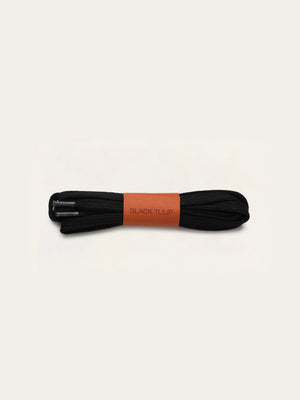
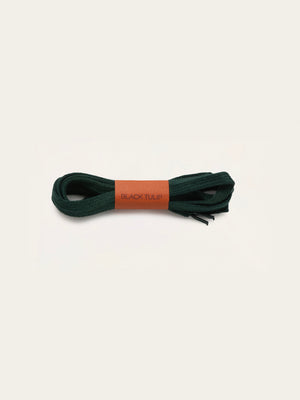
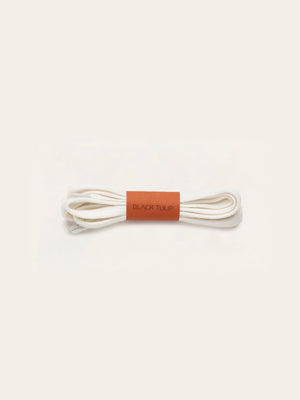
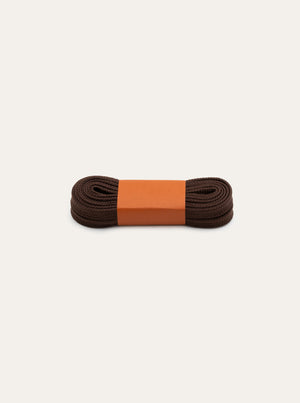
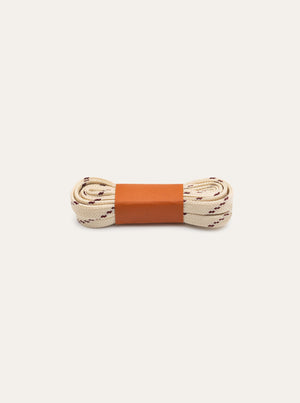
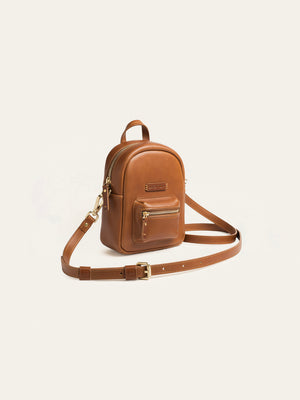
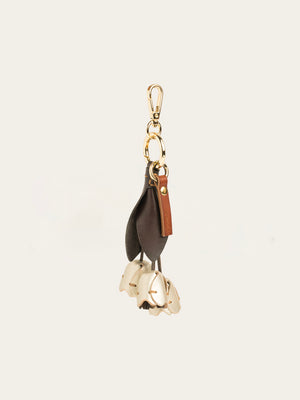
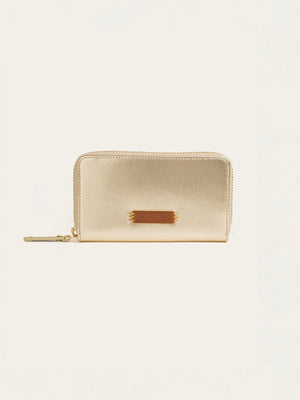



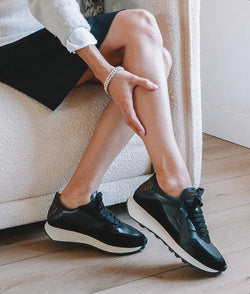
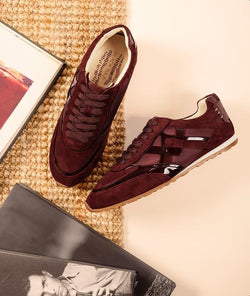
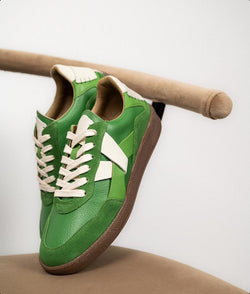
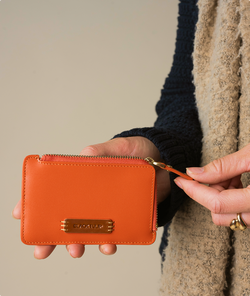
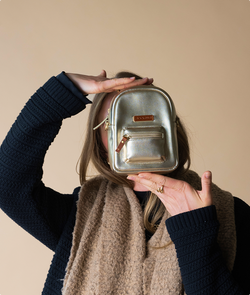
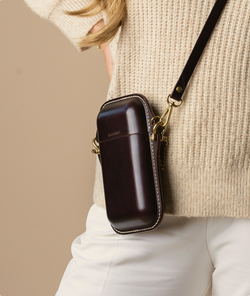




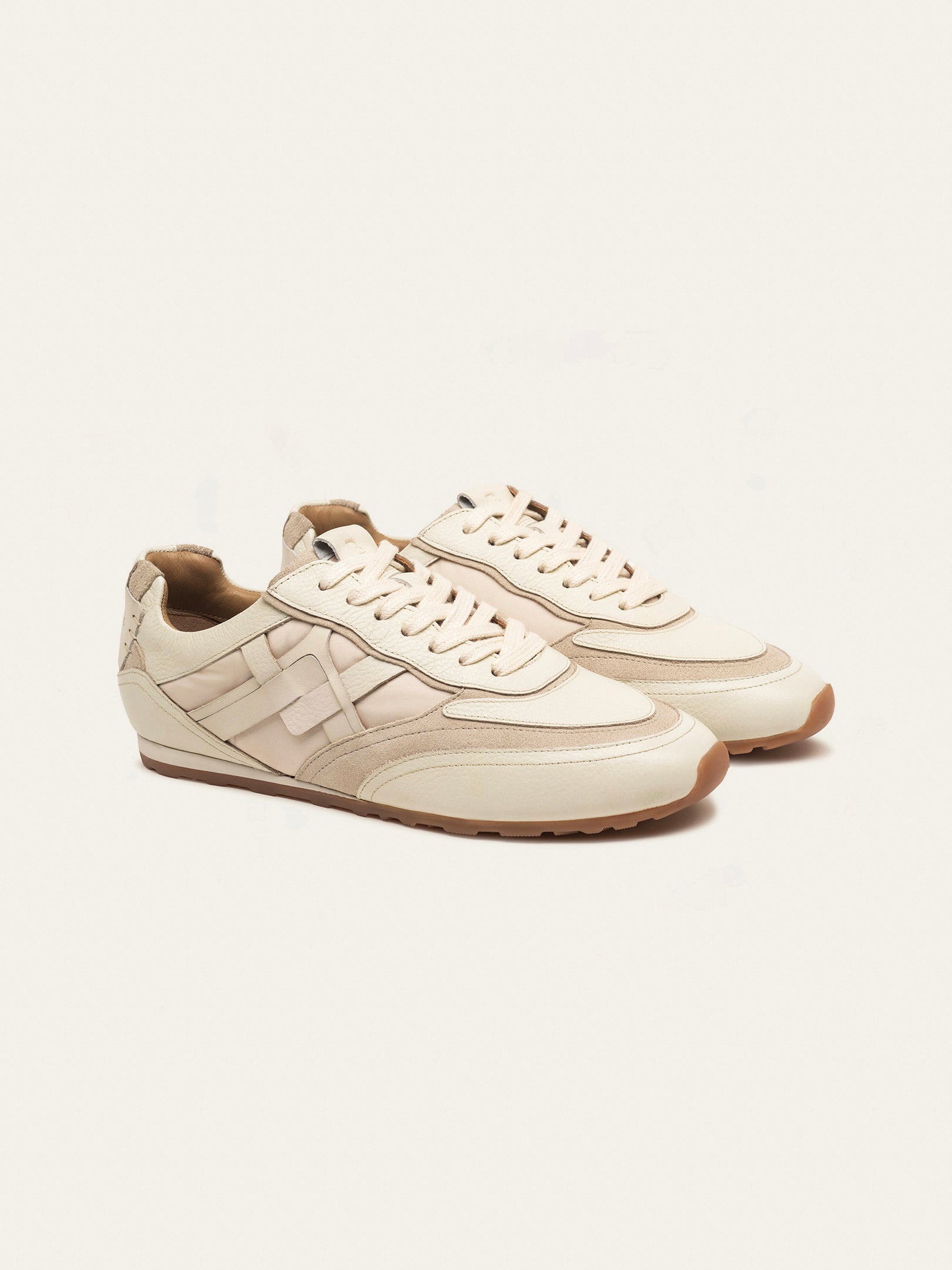
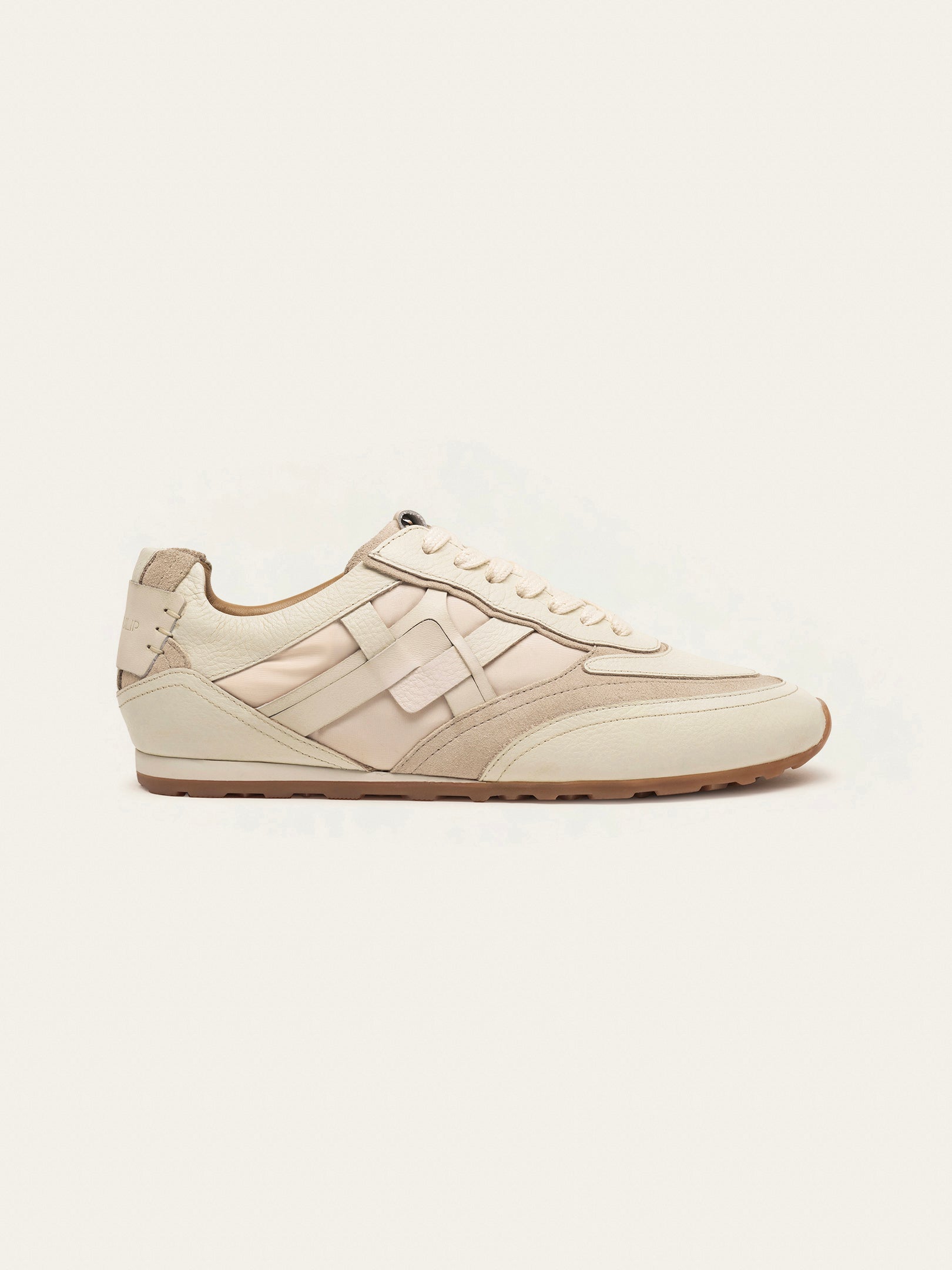
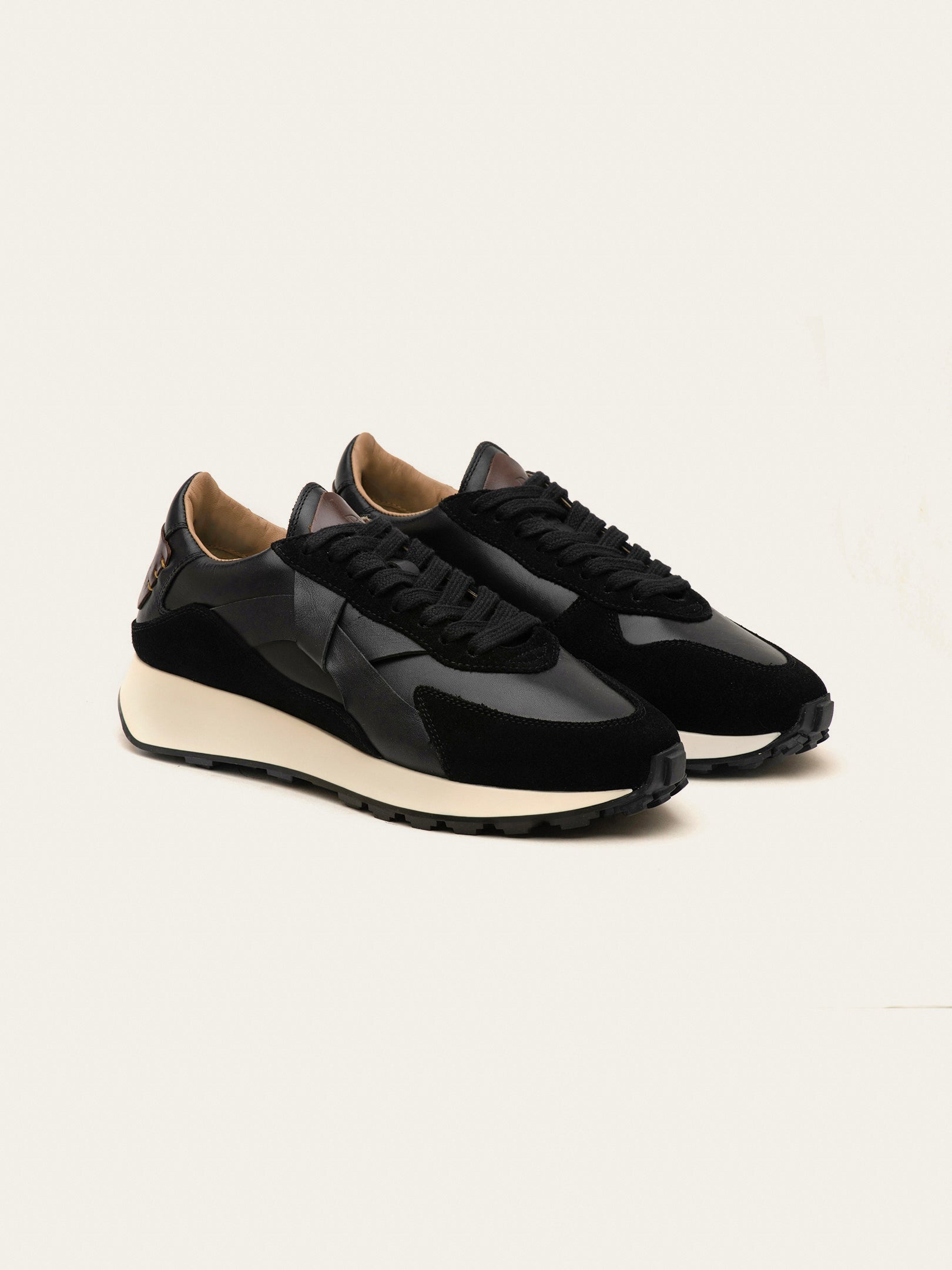
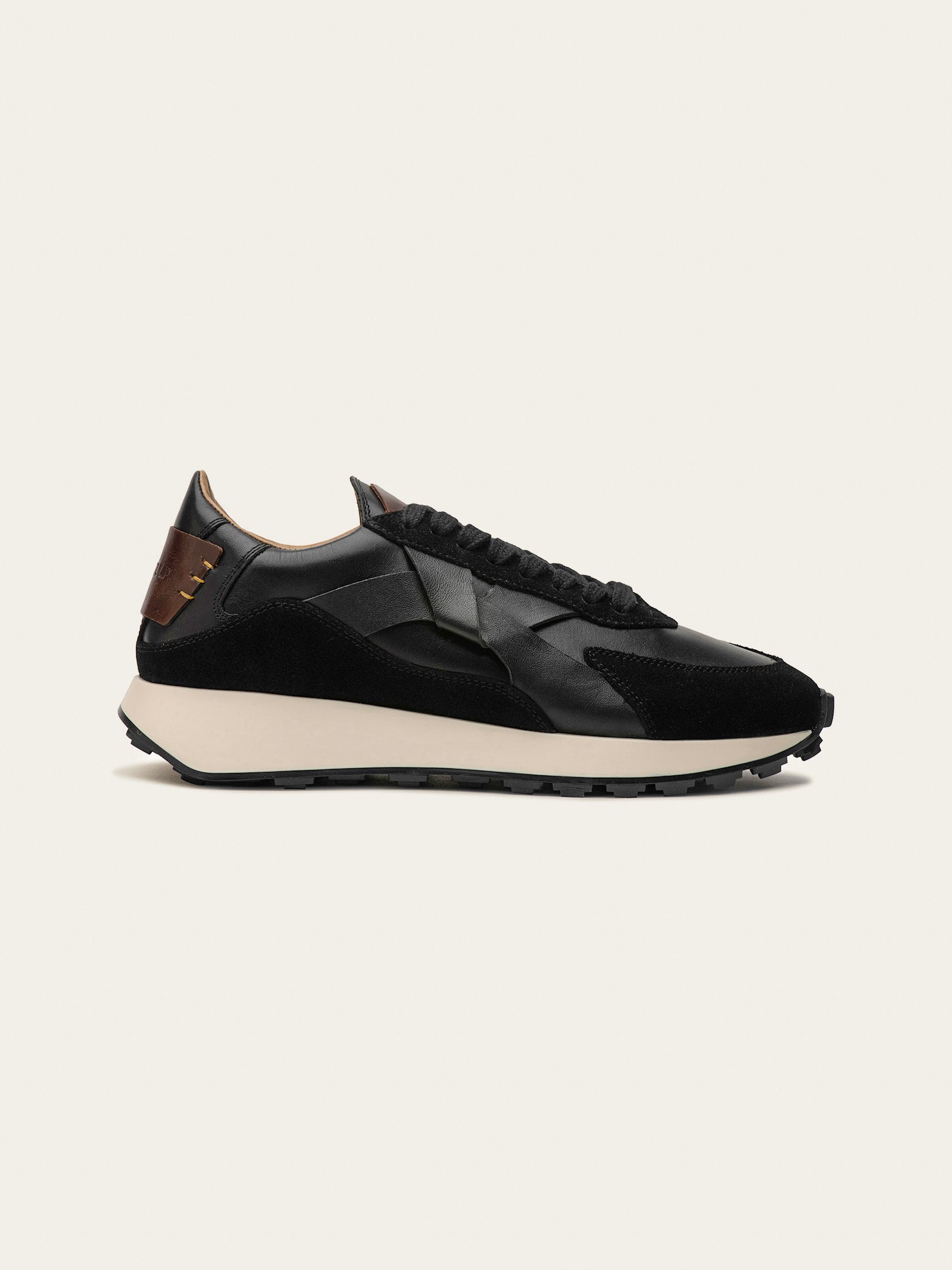
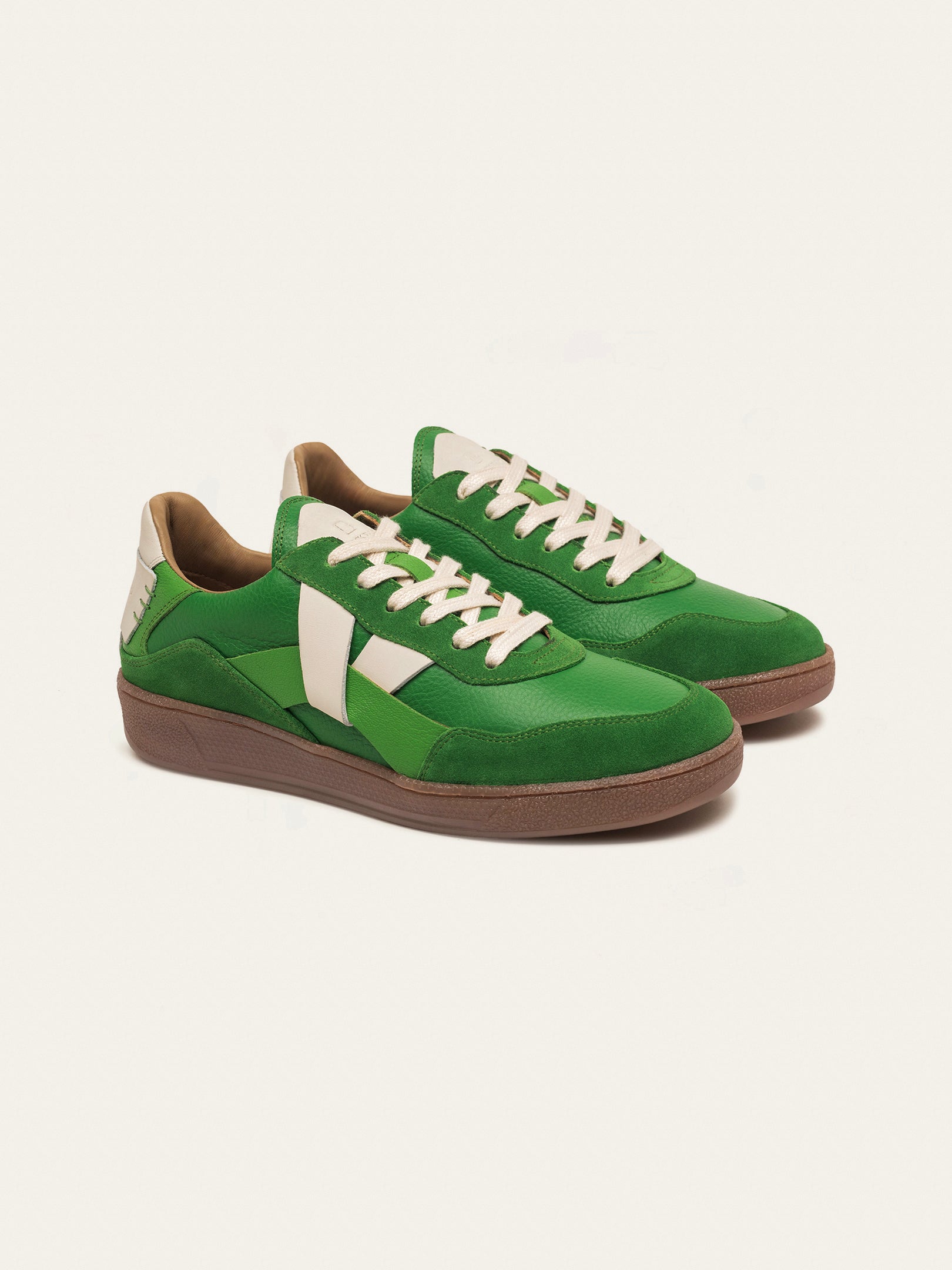
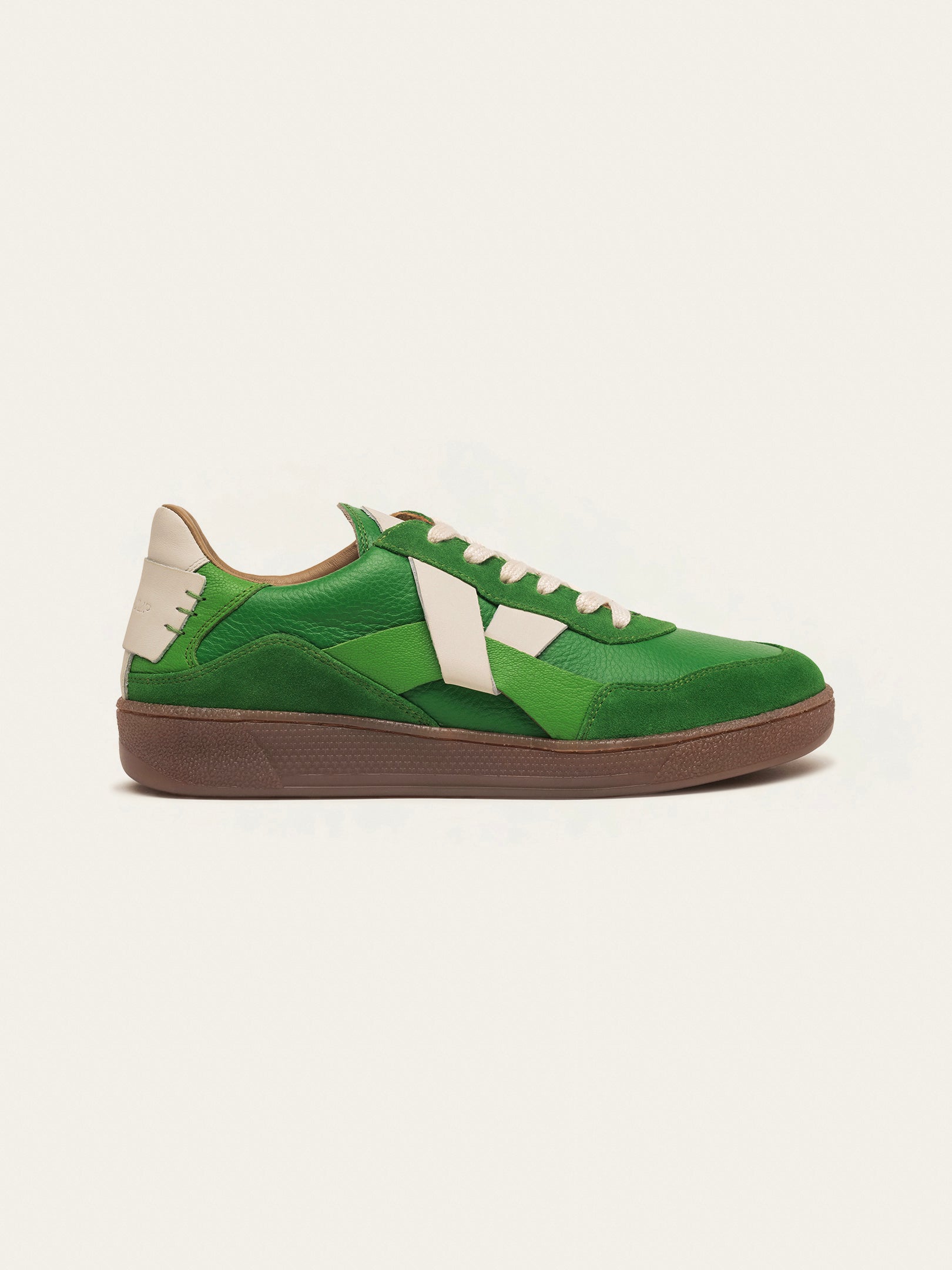
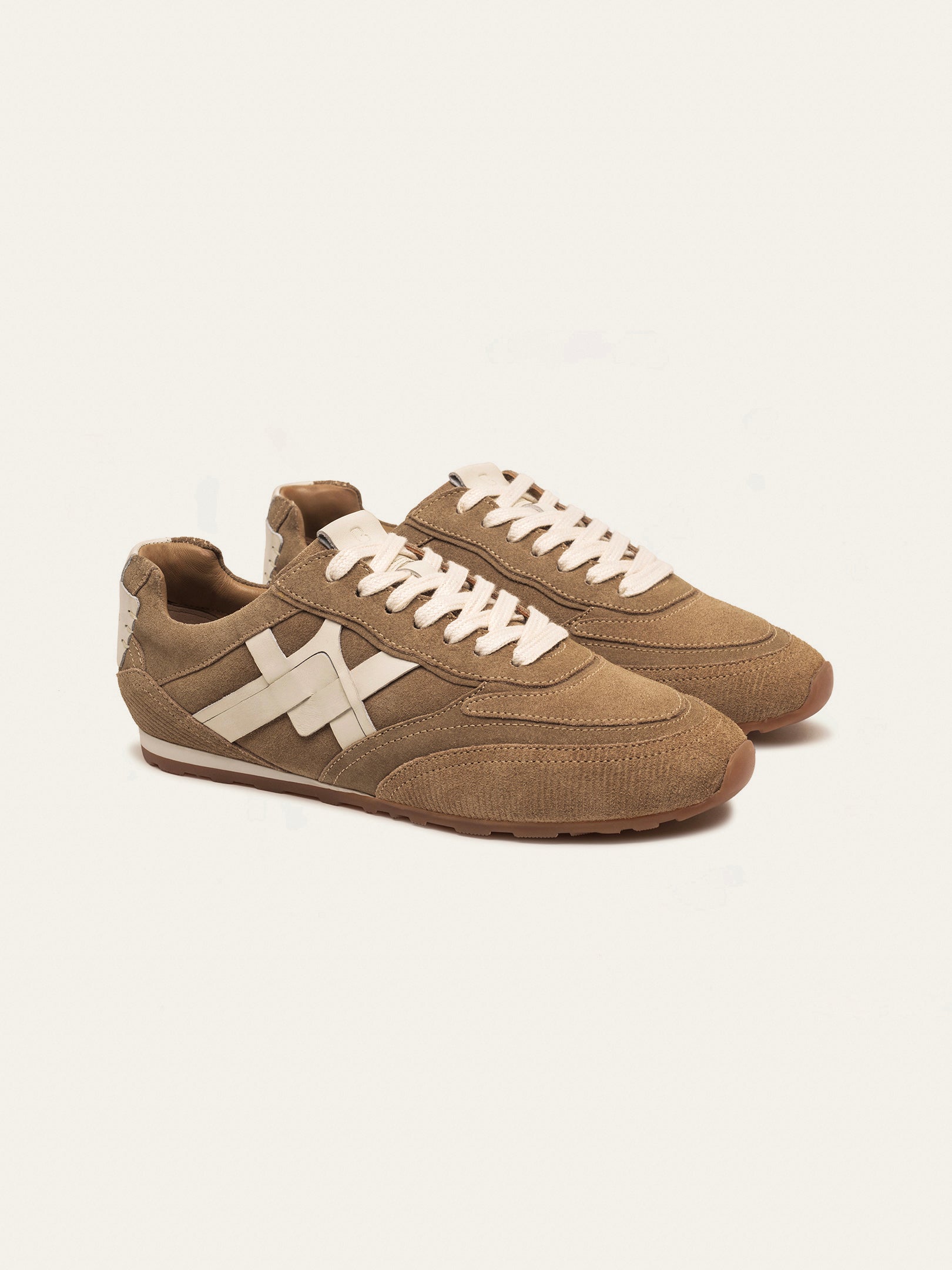
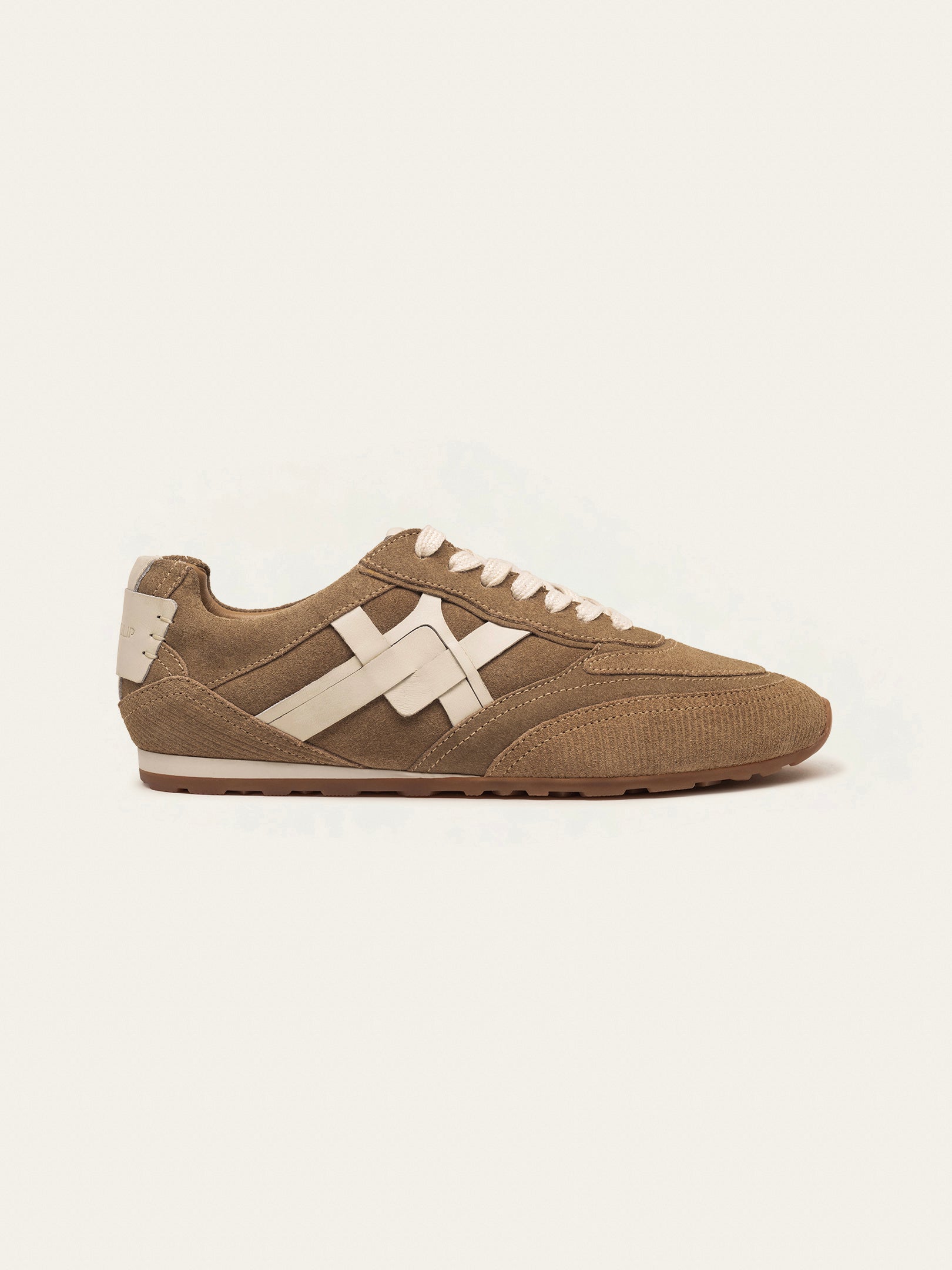
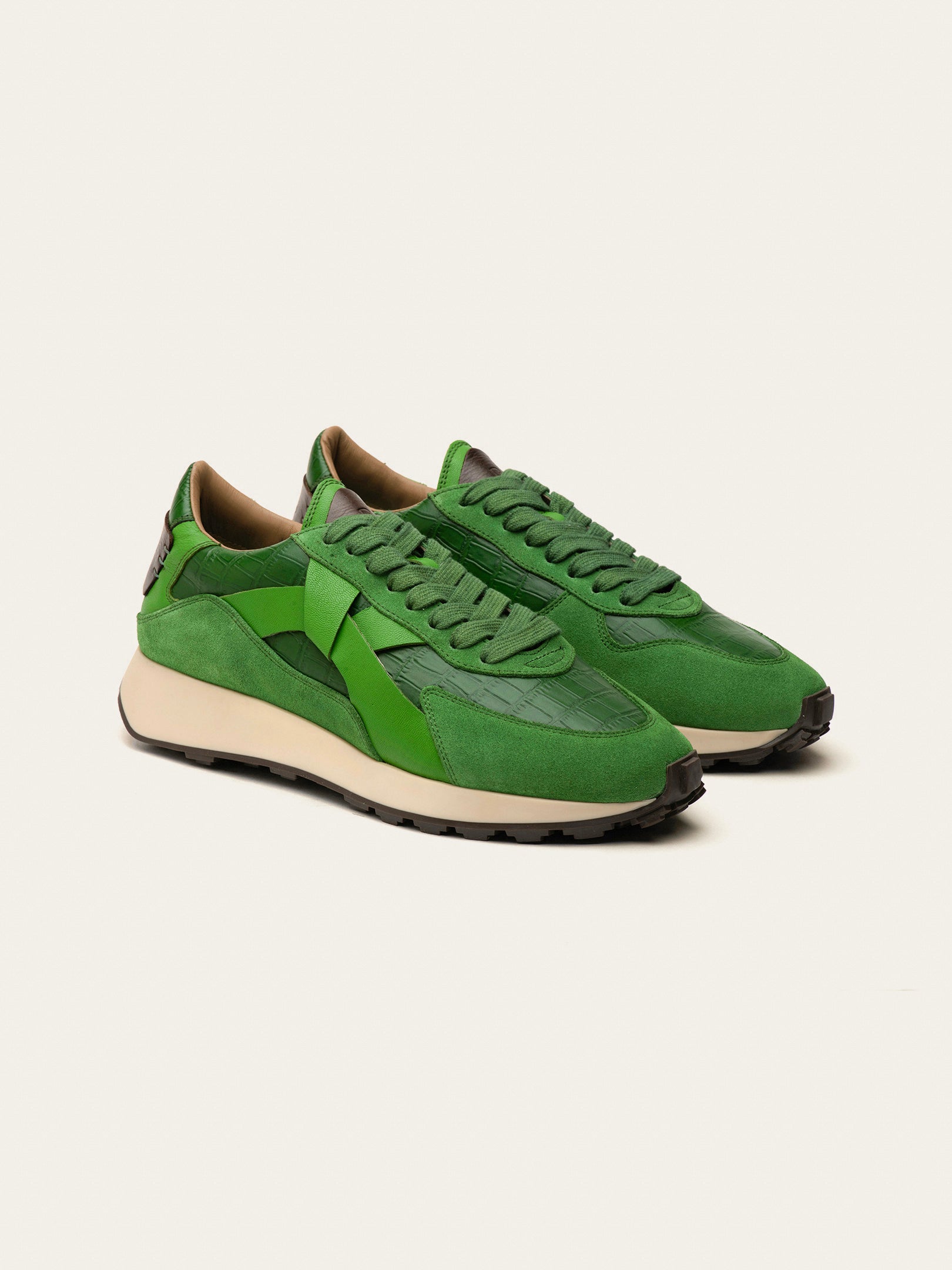
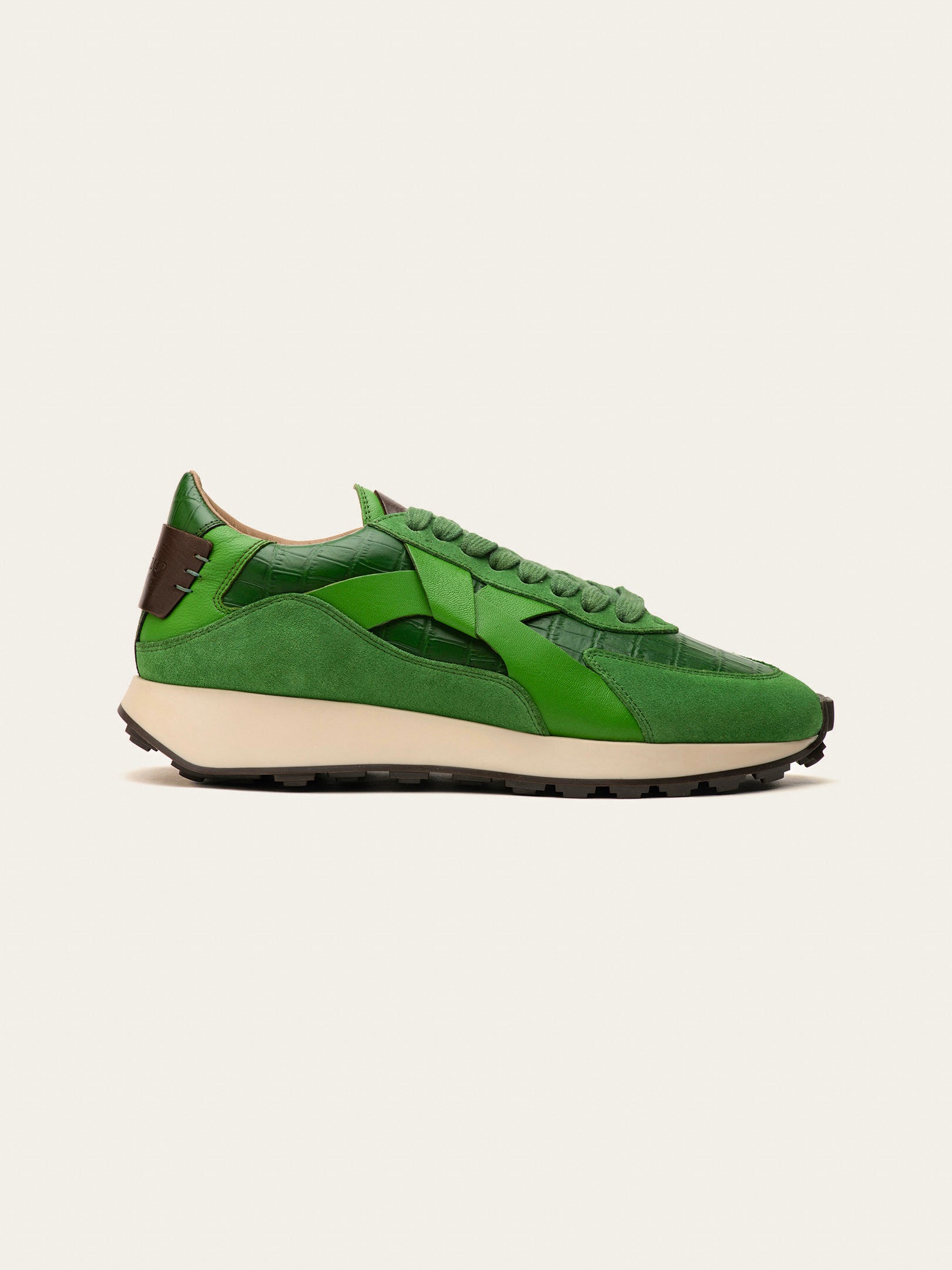



![Why Wide Fit Trainers Changed My Life: A Shoe Expert's Guide [2025]](http://blacktulipstudio.com/cdn/shop/articles/Blog_Img_3_8ce33137-6433-4543-8374-a7b009c05ff2.png?v=1763668125&width={width})



